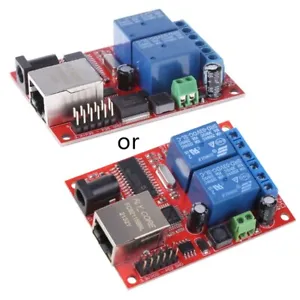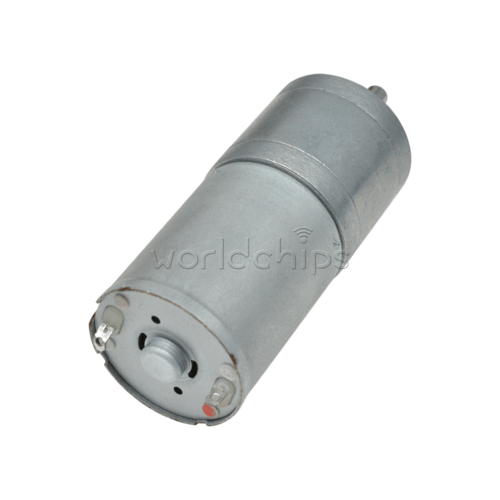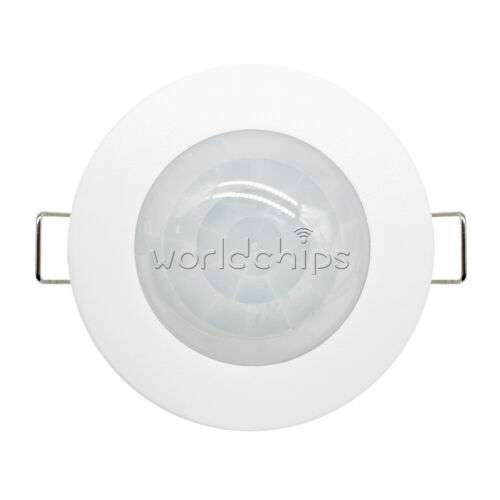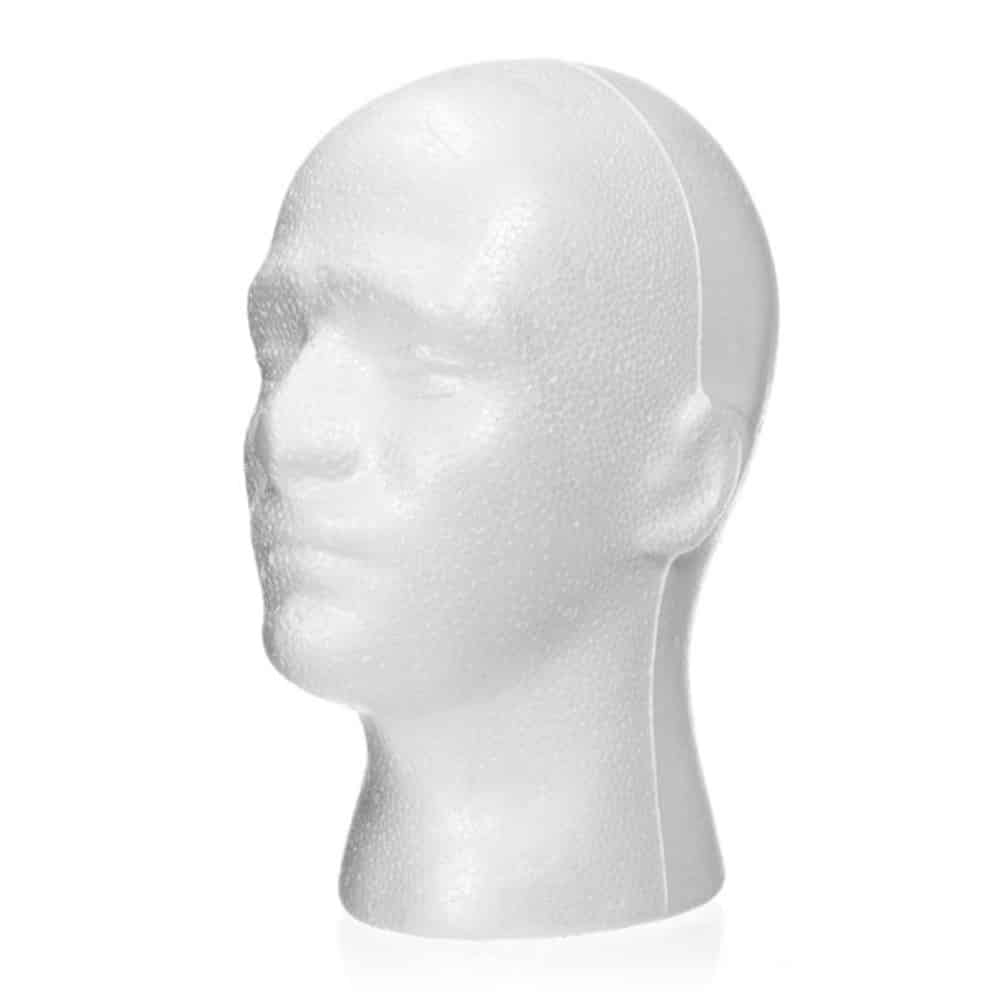




ID: 660787
SKU: 2.66E+11
Category: Electronic chips and boards
Tags: 30days
Dual Ethernet LAN Server Board for Delayed TCP/UDP Control and Network Management
About this item:
– ideal for engineers, system integrators and tinkerers
– controls TCP or UDP traffic in both directions
– durable construction for long-lasting use
– various options available for different configurations
– features include queuing and rate limiting
₹5532
On preorder
Delivered in 30-60 days
On Pre-Order
Guaranteed Secure
- Guaranteed delivery
- Fast shipping
- PAN India shipping
- 100% Secure payment
- Regular orders dispatch in 48 Hours
- Pre-orders dispatch in 30-45 days
- Returns accepted
- Fast refund process
- 24/7 customer support







